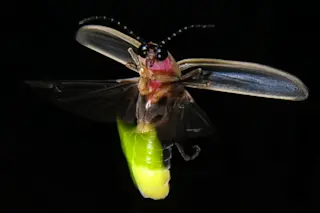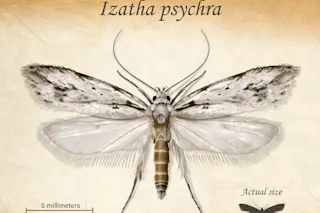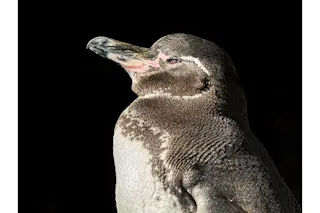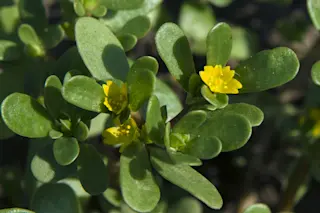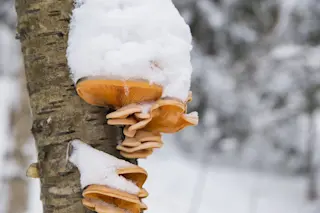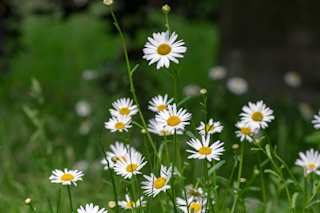It always helps to have good timing. And no one seems to understand that better than the tobacco plant Nicotiana attenuata,
which grows in Western United States and flowers at night [The New York Times].
Normally, the tobacco plant is pollinated by hawkmoths that visits its flowers every night. But when these hawkmoths leave eggs behind that develop into leaf-chomping caterpillars, the plant's self-defense snaps into place and switches to flowering in the day. That attracts a different pollinator, the hummingbird. Ecologist Danny Kessler noticed this change when he was trying to get a picture of the plant being pollinated for a study. He saw that the plant was not just flowering in the day but also that they had changed their flowers to make them more attractive to hummingbirds:
they emitted less of a chemical that attracts moths; they had less sugar in the nectar, which is the way ...


